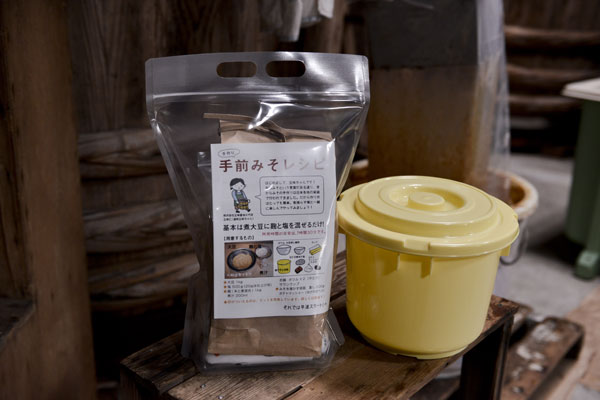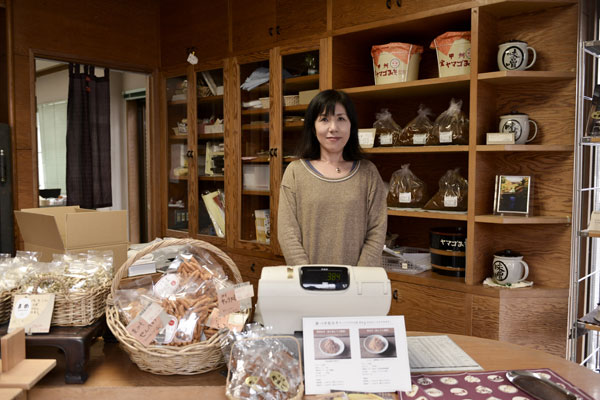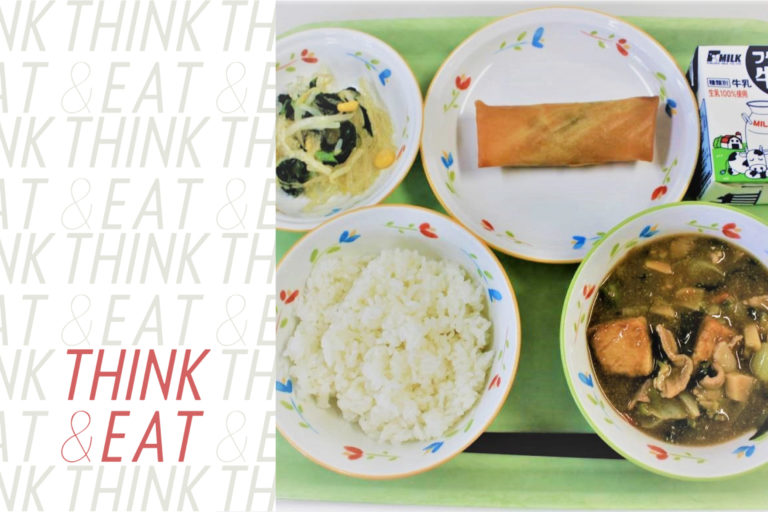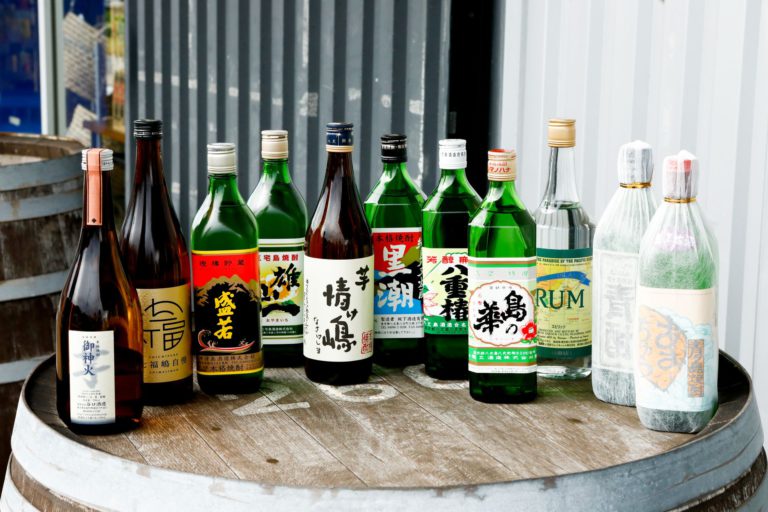Know the “miso,” know the “region”
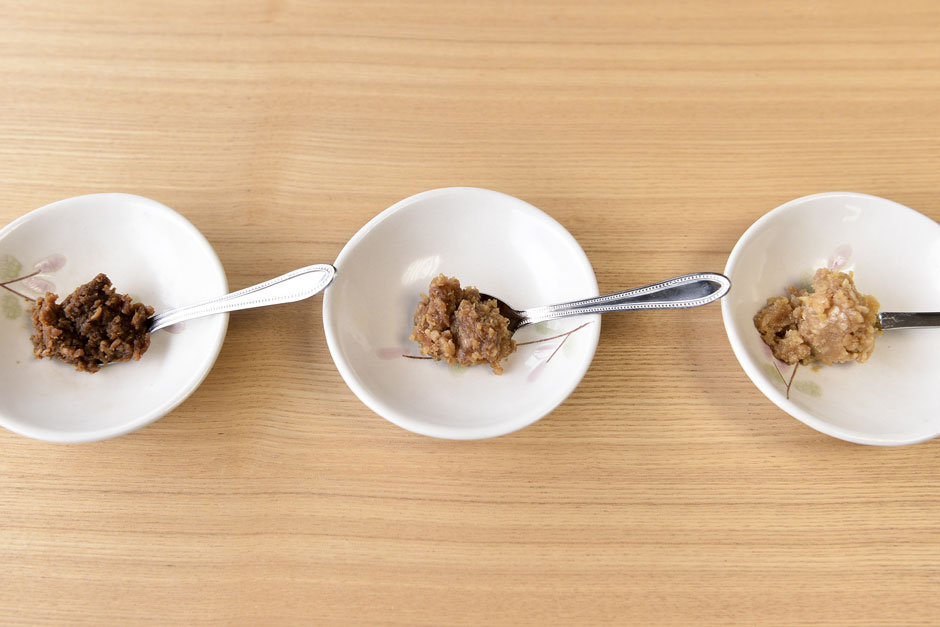
Miso culture cultivated in the community
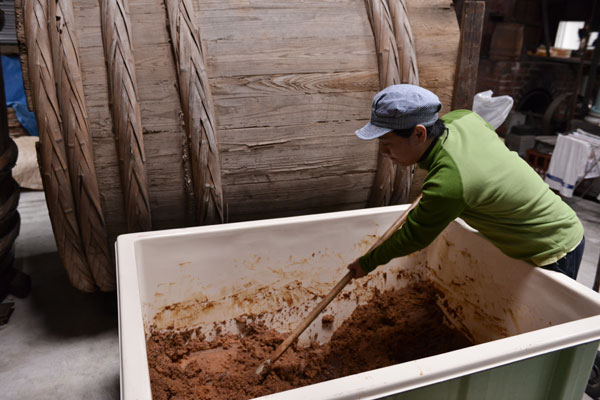
Seasonings like miso, produced by fermenting grains, are available elsewhere as well, such as doubanjiang in China, and gochujang in Korea, but miso made from the koji mold (aspergillus oryzae) and soybeans is unique to Japan.
Miso can be divided into the following three types by the kind of koji used for fermentation.
(1) “Rice miso” using rice koji
(2) “Barley miso” using barley koji
(3) “Soybean miso” using soybean itself as a koji
Although miso can be classified in this way by the koji that is used, miso of various taste and color are produced throughout Japan, differing according to the amount of koji used, the climate of the region, and the ingredients that can be harvested.
The miso of the Tohoku region, which was produced to keep the residents from starving and help them make it through the harsh winter climate, is reddish in color and has a strong taste. The Kansai region has a mellow white rice miso containing a large amount of rice koji. And the miso of the Hokuriku region, which had a great deal of interchange with the Tohoku and Kansai regions, carries the features of both regions with a pale, strongly flavored rice miso. The Tokai region is known for its hatcho miso, a rice miso with a unique flavor. In this way, there is a tremendous diversity of miso, each reflecting the culture of their area.
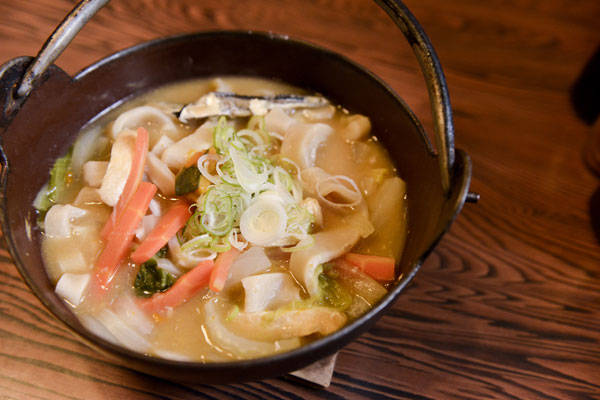
With the aim of exploring the local miso culture, we visited Gomi Shoyu, an old established shop founded in 1868, which produces and markets Koshu miso in Kofu City, Yamanashi Prefecture. Koshu miso is a miso originating in the Koshu region, which is made by mixing rice koji and barley koji. With a mostly mountainous terrain, Koshu has only a few basins, making it difficult to grow rice. So in place of rice, the region grows barley. This local feature led to the birth of Koshu miso, which adds barley to make up for the rice needed to make miso.
Koshu miso, born from the ingenuity of the region, has a rich, full-bodied flavor that comes from combining two types of koji. When this miso is used in simmered dishes containing various ingredients such as Yamanashi’s famed hoto?noodles cooked with vegetables in a miso-based soup?or in mackerel simmered in miso, it highlights the quality of the ingredients.
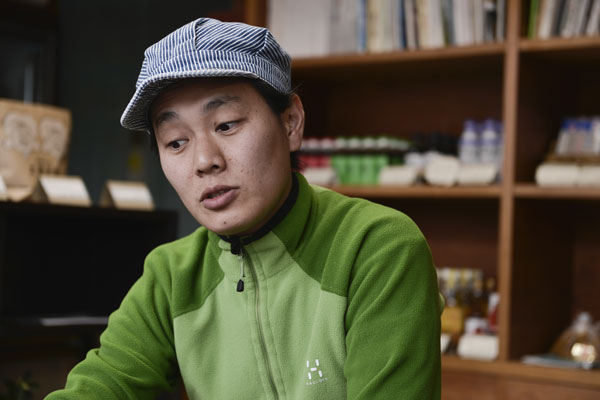
We spoke with Hitoshi Gomi, the sixth generation proprietor of Gomi Shoyu.
“Today, the same things are being sold all over Japan in convenience stores and supermarkets. But miso is an intriguing food ingredient that reflects the characteristics of the region it comes from. This local color can be seen in the fact that Koshu miso goes perfectly with Yamanashi’s traditional dish, hoto, which is made with rice and wheat. Interesting, isn’t it? As you can see by our company’s name, in the past we made and sold shoyu (soy sauce), but when the Japan Agricultural Standards were established for uniformity in the flavor of soy sauce, our company withdrew from the soy sauce business and became dedicated to miso. Local hoto and udon noodle restaurants use our miso; it’s gratifying to have a high reputation among local stores. We sell our miso at the store next to the factory, and also at michi-no-eki (roadside stations/rest areas), online shops, and lifestyle shops in Tokyo.
Mission to convey the local culture
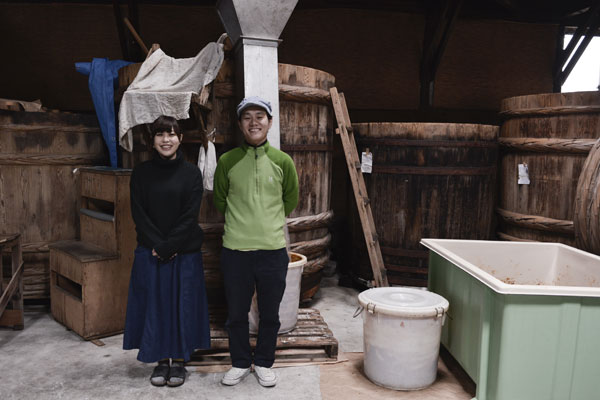
“Long ago, Takeda Shingen, the daimyo lord of the region that is now Yamanashi, encouraged people to make miso, and so there is an established tradition of making miso at home. Because we are a company making a locally rooted product, we not only receive requests from around Japan for ingredients such as soybeans and koji, but also many requests for renting utensils to make miso, and for opportunities to see the actual preparation of miso. This led me to believe that it is my mission to convey our local culture of making miso to others. In addition to making miso, about two years ago I had my sister?who was working in Tokyo at the time?return here to hold miso-making workshops. These are held about 40 to 50 times a year.”
Gomi has formed a team called “Hakko Kyodai” (“fermentation siblings”) with his sister, Yoko, to convey the appeal of making miso. They carry out a wide range of activities and have produced an animated film and picture book on how to make homemade miso.

According to Yoko, “Since the appeal of miso can only be experienced by preparing the stock and cooking with it, it’s important to interact with the consumers and have them learn about its attractive aspects. We first try to help them become more familiar with miso?to make them aware that miso is delicious and easy to make.”
“Since we want to sell only those things that we are confident about recommending, we are not only particular about the taste of the miso, but also the package design. We only sell things that we feel strongly about selling. It would be ideal to have people say that homemade miso is good, but so is Gomi Shoyu’s miso.”
Dishes using miso are so common on the Japanese dining table that we don’t even give them a second thought. But by learning more about these common things, we will be able to discover new delicacies cultivated by the local regions.

